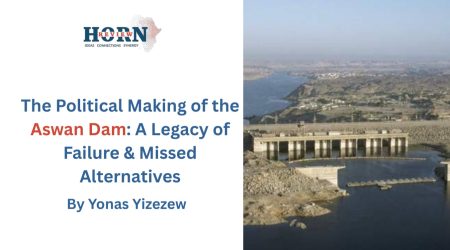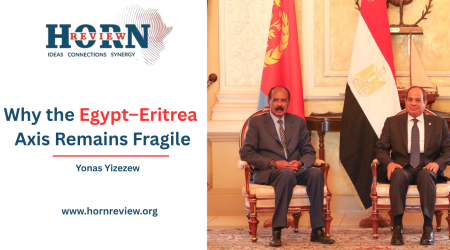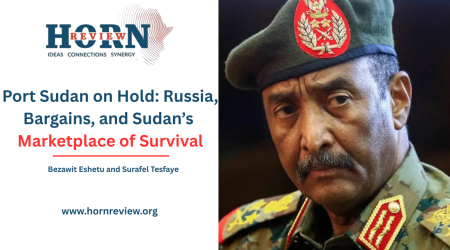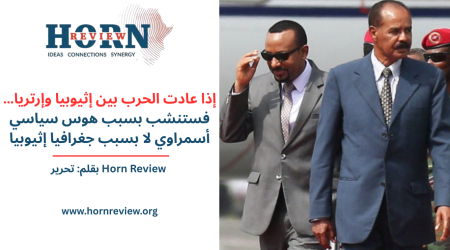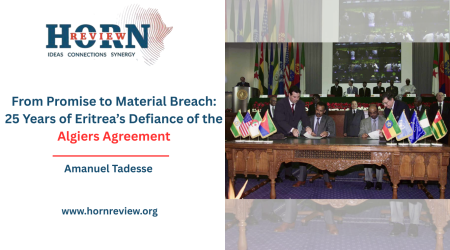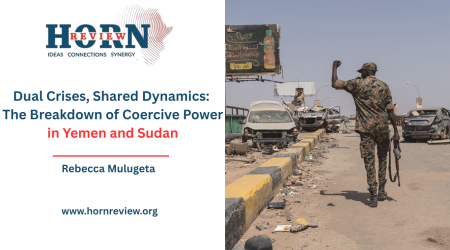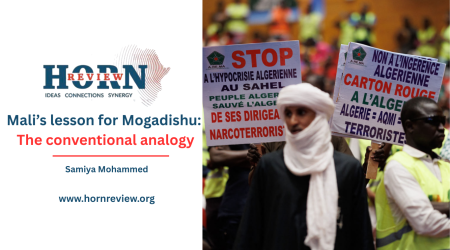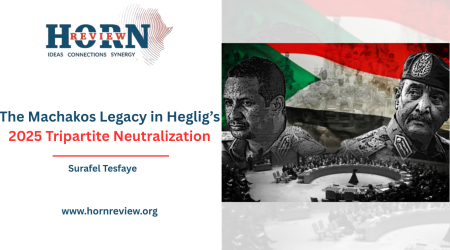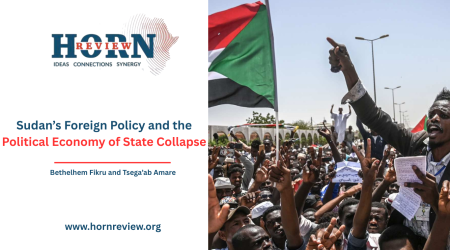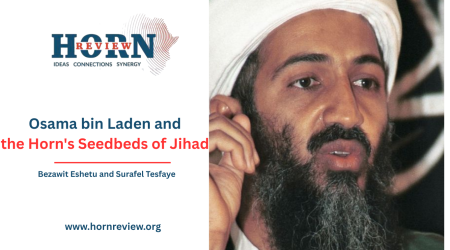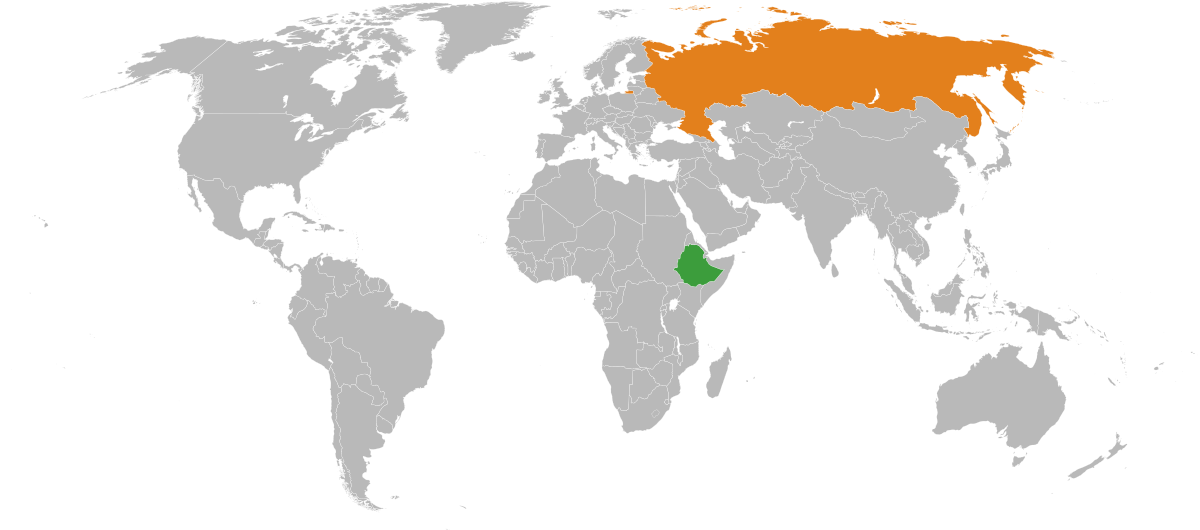
10
Oct
From Moscow to Addis Ababa: Comparative Diplomatic Machinery and the Strategic Architecture of Influence
In an increasingly interconnected yet volatile world, the efficacy of a nation’s diplomatic system is paramount to its global standing and the successful pursuit of national interests. The diplomatic architectures of the Russian Federation and the Federal Democratic Republic of Ethiopia present compelling case studies. A comparative examination of their organizational structures, training methodologies, diaspora engagement strategies, and sectoral coordination reveals distinct approaches and provides valuable insights for enhancing a nation’s global position.
Russia’s Diplomatic Machine: Centralization, Specialization, and Integrated Influence
The Russian Ministry of Foreign Affairs (MFA) operates as a highly centralized and formidable instrument of state power, reporting directly to the President. This arrangement elevates foreign policy as a core executive function, ensuring a unified and assertive international stance. Sergey Lavrov, the current Foreign Minister, holds one of the five “presidential ministers” positions, underscoring the MFA’s political significance (Krawatzek & Sasse, 2024).
A hallmark of the Russian diplomatic system is its granular specialization. The MFA comprises 39 departments divided into territorial units managing regional relations and functional units addressing thematic responsibilities. Ten Deputy Foreign Ministers, each overseeing a specific portfolio, exemplify this structure – ranging from the Middle East and Africa (Mikhail Bogdanov), to European affairs and multilateral organizations (Alexander Grushko), and relations with the Americas and BRICS (Sergey Ryabkov). This allows the cultivation of deep expertise facilitating nuanced diplomatic engagement.
Diplomatic training in Russia is rigorous and long-term, centered around institutions like the Moscow State Institute of International Relations (MGIMO) and the Diplomatic Academy. Training spans several years, emphasizing multilingual proficiency, with MGIMO offering instruction in over 50 languages. Career diplomats undergo a “slow rise through the ranks,” rotating between headquarters and foreign missions to build extensive experience. Ambassadorial tenures tend to be lengthy, fostering continuity and deep bilateral ties – as demonstrated by Russia’s ambassadorial approach in Ethiopia.
Russia’s approach to diaspora engagement is comprehensive and proactive. The state supports cultural centers, compatriot organizations, media outlets, and notably “Russian Schools Abroad,” which promote language, culture, and national interests among diaspora youth. Agencies such as Rossotrudnichestvo facilitate language training and educational programs, ensuring the diaspora remains a potent source of soft power (Rossotrudnichestvo, n.d.; Krawatzek & Sasse, 2024).
Ethiopia’s Evolving Diplomacy: Pragmatism amid Reform
Ethiopia’s Ministry of Foreign Affairs (MFA), formally reconstituted in 1995, collaborates closely with the Prime Minister’s Office and other government bodies. The Foreign Affairs Policy (FAP), a draft post-2018 framework replacing the former FANSPS, signals a strategic shift towards economic diplomacy and regional cooperation anchored in the “Medemer” philosophy. Ethiopia’s foreign policy reflects diversified interests spanning multiple geographies and sectors.
Structurally, Ethiopia’s MFA is less granular than Russia’s. The ministry has two Deputy Ministers – one for political affairs and one for administrative functions – supported by departmental Director Generals who manage various regional and functional divisions. While these departments cover diverse interests, the limited number of Deputy Ministers contrasts with Russia’s extensive portfolio-specific deputies, raising questions about workload distribution and specialization adequacy. Strengthening and clearly delineating portfolios at the Deputy Minister level could relieve pressures on the Minister and State Minister, enhancing operational efficiency.
Diplomatic training occurs primarily at the Institute of Foreign Affairs (IFA), attached to the Ethiopian Civil Service University. The current program spans approximately six months, shorter than Russia’s multi-year model, and focuses on academic and policy-oriented components. This training is offered mainly in English, with new inclusion of French and Spanish in recent curricula. However, mandatory multi-language proficiency, especially in strategically vital languages such as Arabic, Russian, Kiswahili, and key African languages, remains absent and warrants expansion. Given ongoing MFA reforms emphasizing youth recruitment, there is a concern that rapid mobilization of young diplomats, while invigorating, risks experience gaps. A cautious balance between youth inclusion and seasoned expertise is essential.
Ethiopia’s diplomat posting system operates on a four-year rotation for both diplomats and ambassadors. Unlike Russia’s longer ambassadorial tenures that foster sustained relationship-building, Ethiopia’s relatively brief postings may limit continuity and institutional memory. The ministry could benefit from a structured career progression system that grooms ambassadors internally through longer embassy tenures and sequential assignments – mirroring Russia’s practice exemplified by its ambassador in Addis Ababa.
Diaspora engagement in Ethiopia is commendably active economically and digitally, coordinated through the Ethiopian Diaspora Agency. However, unlike Russia, Ethiopia currently lacks a proactive educational outreach to diaspora youth abroad, such as “Ethiopian Schools Abroad” that teach language, history, and culture. Establishing such institutions, particularly in countries with large Ethiopian communities, could strengthen long-term cultural ties and augment Ethiopia’s soft power. Moreover, embedding diaspora networks consistently in key government and non-governmental positions abroad – as practiced effectively by Russia, Israel, India, and China – would further amplify Ethiopia’s influence.
Public diplomacy efforts should target not only first-generation diaspora but also second and third generations, sustaining national identity and loyalty through sustained engagement.
Sectoral Coordination and Strategic Foresight
Russia’s foreign policy benefits from close integration among its MFA, military, and intelligence sectors. This tri-sectoral coordination ensures synchronized diplomatic, security, and strategic foresight, enhancing policy coherence.
Ethiopia’s foreign policy legacy similarly intertwined diplomacy with national security during the Derg regime and TPLF governance, with foreign policy officially merged into national security strategy. Currently, formal institutionalized tri-sectoral coordination is lacking.
Establishing a permanent tri-sectoral committee involving the MFA, Ministry of Defense, and intelligence services could revitalize strategic foresight and unified foreign engagement, relieving burdens on the MFA leadership and improving policy implementation.
Concluding Reflections and Policy Recommendations
While Ethiopia’s diplomatic system is evolving pragmatically to meet contemporary global realities, it stands to gain substantially from selective integration of best practices observed in Russia and other states:
- Structural Refinement: Expanding the number of Deputy Ministers and clearly defining their portfolios aligned with Ethiopia’s diverse interests would enhance specialization and relieve senior leadership.
- Diplomatic Training: Extending training duration beyond six months and institutionalizing mandatory proficiency in multiple key languages – including Arabic, Russian, Kiswahili, and others – would deepen diplomatic effectiveness.
- Career Progression: Developing a transparent, long-term career track with gradual ambassadorial grooming within embassies would improve continuity and bilateral relationship depth.
- Diaspora Engagement: Establishing Ethiopian Schools Abroad and formalized diaspora networks in strategic international positions would foster sustained soft power.
- Sectoral Coordination: Reviving a tri-sectoral committee for synchronized diplomatic, military, and intelligence engagement would strengthen strategic coherence.
Ethiopia’s commitment to reform, youth inclusion, and economic diplomacy is commendable. Nonetheless, balancing youthful vigor with experienced diplomatic stewardship, alongside institutional modernization and strategic diaspora outreach, will be crucial for Ethiopia to assert its influence effectively on the world stage.
By Surafel Tesfaye, Researcher, Horn Review
References
- Krawatzek, F., & Sasse, G. (2024). Strategic non-engagement: New Russian political migrants and the effects of extraterritorial spillover of authoritarianism. Social Forces. https://academic.oup.com/sf/advance-article/doi/10.1093/sf/soaf076/8160601
- MGIMO University. (n.d.). Russian Language Programs. https://rus-lang.mgimo.ru/
- Rossotrudnichestvo. (n.d.). About Rossotrudnichestvo. https://intermol.su/en/about/organizations/rossotrudnichestvo/
- Ethiopian Ministry of Foreign Affairs. (2023). Draft Foreign Affairs Policy (FAP) [Unpublished Draft].
- Institute of Foreign Affairs, Ethiopian Civil Service University. (2024). Diplomatic Training Curriculum Overview.
- Ethiopian Diaspora Agency. (n.d.). https://ethiopiandiaspora.gov.et/

